Supply Chain Management: Practices, Applications and Challenges
Supply Chain Management (SCM) has been widely researched in numerous application domains during the last few decades. Despite the popularity of SCM research and applications, there remains considerable confusion as to the clarity of its meaning. There are several attempts made by researchers and practitioners to appropriately define SCM and its challenges. This book entitled Supply Chain Management: Practices, Applications and Challenges is comprised of eleven chapters. Chapter One entails strategic supply chain partnerships which can have dramatic effects on a firm’s financial success. Certainly, partnering at both production and sales levels can help to shorten the supply chain and lower costs on the entire production process of a company. Chapter Two highlights global outsourcing—also known as off-shoring—and explains the issues of off-shoring. This chapter explains global outsourcing, past and present trends, and lessons learned from the US perspective based on US companies that have various outsourcing issues. In Chapter Three, a decision model is developed aiming to optimize the costs related to the shipment of goods from one or more suppliers to the wholesaler. That model is able to provide expert advice to support the decision to be made by the wholesaler, taking into consideration all the expected costs and achieve the minimization of total logistics costs. Chapter Four allows readers to explore the ways location can contribute to success or struggle through the evaluation of location strategies. In Chapter Five, the balanced resilience framework for the management of supply chain performance is introduced based on an outline and an evaluation of the prevalent focused frameworks (e.g. agile, resilient, and lean SCM) as well as blended frameworks (i.e. leagile, anti-fragile, and sustainable SCM). An increasing pressure to invest in renewable energy sources is getting high priority due to alarming global warming, pollution and skyrocketing prices of the conventional energy sources. In Chapter Six, HOMER software, an implementation of renewable energy sources, has been used to perform simulations of hybrid systems for street-lighting applications. Chapter Seven depicts some of the more common approaches to strategic competitive advantage via the successful tools associated with outsourcing. Continued outsourcing activities will better their business strategy, even with increasing pressure from both the government and unions as difficult decisions and possible job shifts lie ahead in a world of increasing income disparity. Chapter Eight describes the different stages of the cement manufacturing process in India. The strategies of Green Supply Chain Management are defined clearly for evaluating cement industrial process analysis. In Chapter Nine, three frameworks—particularly the ranking, the portfolio, and the nexus frameworks—are outlined for the effective and efficient handling of interconnected conflicts. Chapter Ten illustrates how an organization has grown at unprecedented rate for the last few decades by utilizing the best practices in supply chain management. Finally, Chapter Eleven demonstrates the development of a spreadsheet-based simulation package, which supports the analysis of inventory policies in a four-stage serial supply chain.
{{comment.content}}

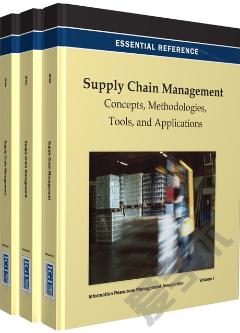
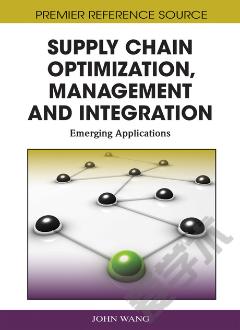

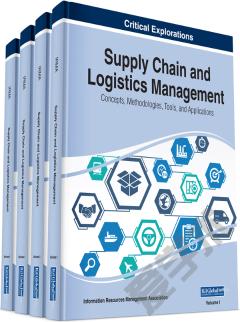
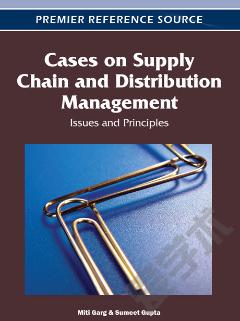
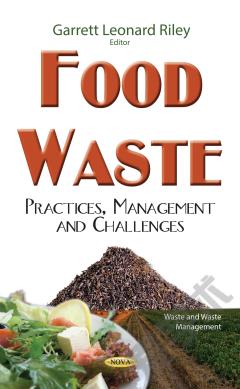

 京公网安备 11010802027623号
京公网安备 11010802027623号